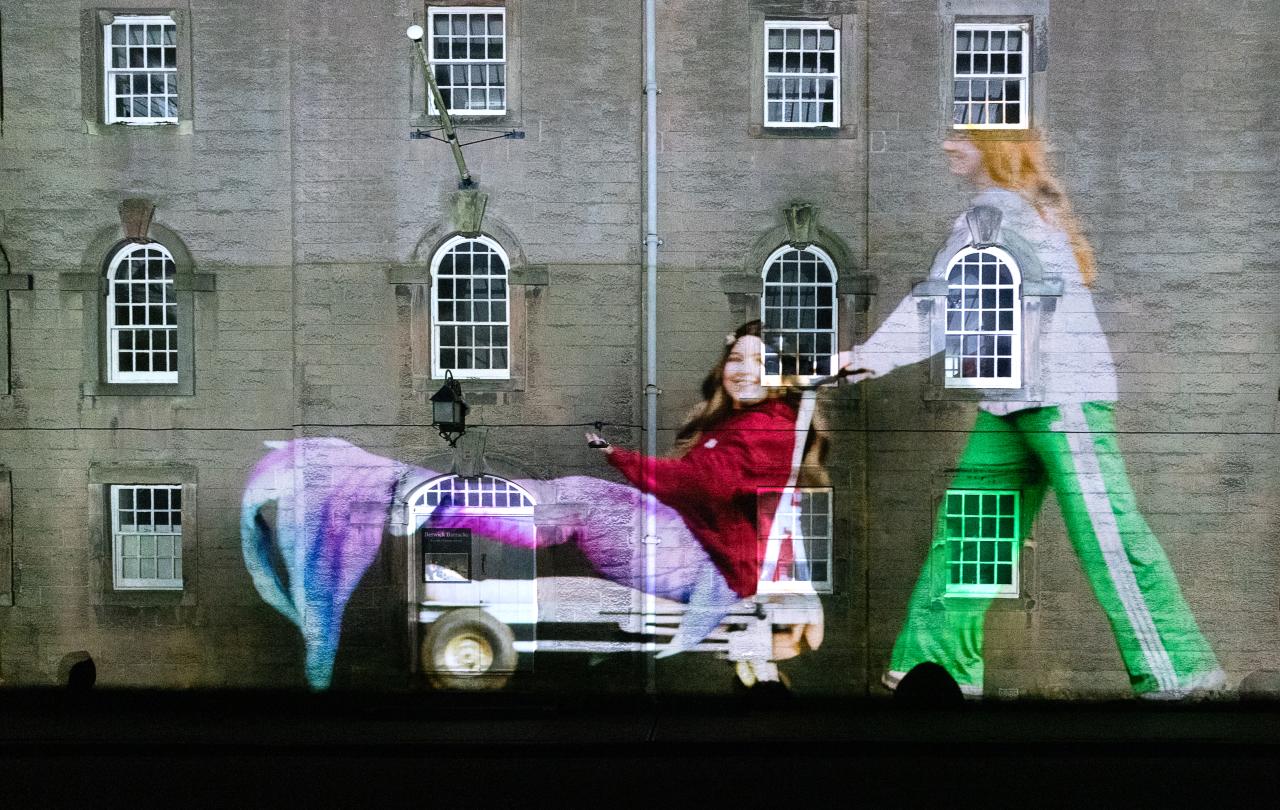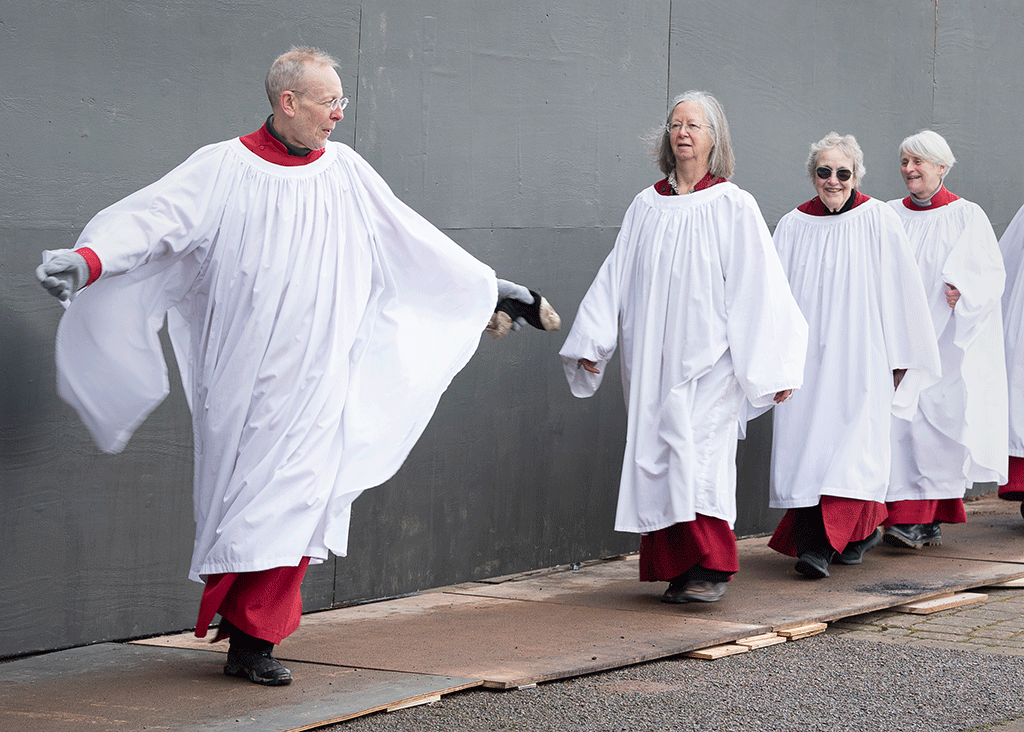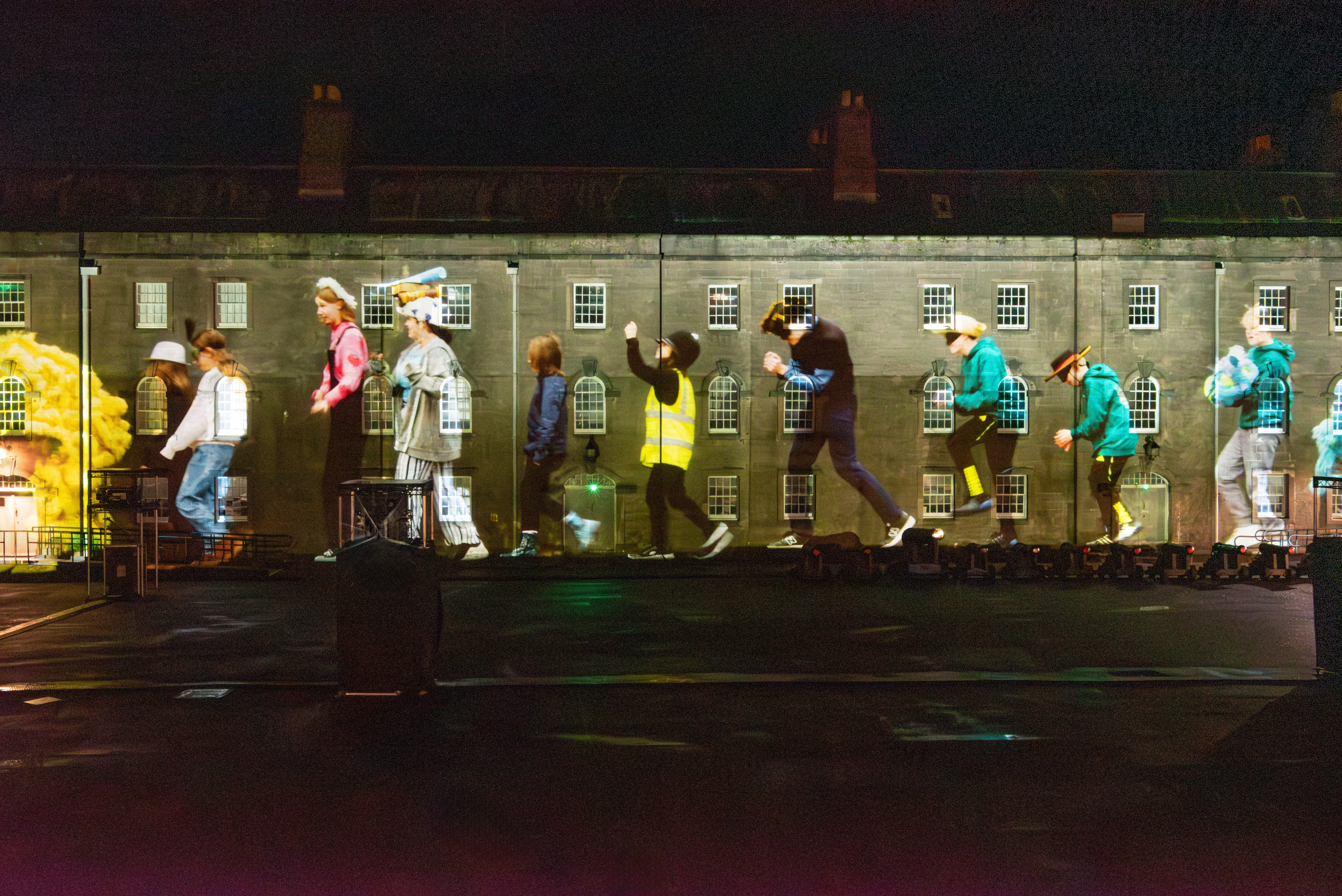
On the first Saturday each month, in the basement of St Luke’s, an Anglican church in Earl’s Court, west London, a group of around 20 people gathers to go through the familiar rituals of the church’s Eucharist – or holy communion – worship service. Led by a priest, the group sing praise songs before preparing for communion. The pattern has been honed by millennia of Christian tradition.
Yet, while the service’s structure and rhythms would be familiar to any regular Church of England worshipper, the liturgy is entirely in Farsi, the language of most of the 88mn people of Iran. The organisers of such a service would risk imprisonment if they mounted such a service in Iran for people who, like most of those at the Earl’s Court service, were born in that country as Muslims and converted to Christianity.
The group is one of a growing number in Iran as well as the UK and other countries catering to Iranian Christian converts. While the exact number who have changed religion is unclear, an estimate used by the British government says there are at least hundreds of thousands in Iran and possibly more than 1mn. The number compares with an estimate of just 500 Christians in the country in 1979, when a revolution led by Shia Muslim clerics installed a government determined to rule the country according to a highly conservative interpretation of Islam.
The rapid growth is partly a reflection of the growing, widespread discontent within Iran with the clerical regime’s hard-line rule and its strict interpretation of Islam, according to Margaret Walsh, a Roman Catholic nun based in Birmingham. Walsh, who for many years worked with Iranian converts and other people seeking asylum, founded St Chad’s Sanctuary, a church group that works with people in Birmingham seeking asylum.
Iranians’ unhappiness has been highlighted by the outbreak of widespread, large anti-government protests following the death in September last year of Mahsa Amini, a 22-year-old Kurdish-Iranian woman arrested by morality police for breaching religious rules by covering her head inadequately.
'She subsequently sought asylum after Iranian security forces raided her parents’ home seeking information about her.'
Walsh says Christianity provided some of those she met with “an alternative to the regime”.
“This was a way that they could protest by embracing Christianity and rejecting Islam,” she says.
In the UK, however, converts have faced scepticism, especially after Emad Al Swealmeen, an Iraqi man who converted to Anglicanism in 2015, died in a botched, Islamist-style bombing attempt outside Liverpool women’s hospital in November 2021. The incident prompted a Home Office official to tell the Times that many would-be refugees from Muslim countries sought to “game” the asylum system by converting to Christianity.
Jonathan Samadi, an Iranian-born Church of England priest who is leader of the Persian Anglican Community in the Church of England’s London diocese, acknowledges some converts are insincere. Samadi, who oversees the Earl’s Court congregation as well as serving as a vicar in Staines, in Surrey, says some people disappear from church once they have been granted refugee status.
Nevertheless, while he hesitates to give precise numbers, he insists that there is also a significant, large-scale spiritual movement under way.
“I’ve seen hundreds and hundreds of migrants converting to Christianity over the years and remain faithful disciples and Christians,” Samadi says.
The converts and those who work with them, meanwhile, tend to stress the vividness of the spiritual experiences that prompted them to become Christians. Many testify that helped them to withstand sometimes harsh treatment at the hands of the Iranian authorities.
One member of the Earl’s Court congregation, who gives her name only as Marta, describes how she faced academic sanctions after becoming a Christian while studying medicine in Isfahan, one of Iran’s centres of clerical conservatism. She left to study in the UK after her parents grew worried about her safety. She subsequently sought asylum after Iranian security forces raided her parents’ home, in the city of Shiraz, seeking information about her.
Other converts tell stories of fleeing police raids on house churches or even periods of imprisonment for converting to Christianity or proselytising – both regarded as serious crimes under Iran’s Islamic legal code for people born Muslim.
Marta insists the difficulties only deepened her commitment.
“I relied more on Jesus,” she says.
At the heart of many of the converts’ accounts is a sense of disenchantment with Islam as practiced in Iran. They say they have found far greater satisfaction in Christianity.
Samadi, the priest, recalls how a conversation with a Christian friend while he was studying in Armenia prompted him to start reading the New Testament.
“After Chapter Six of the Gospel of Matthew – the sermon on the mount – I could really see how much God is on my side,” Samadi says. “The whole sermon on the mount, the values of God and his kingdom, were very refreshing for me.”
'She fainted after realising it looked exactly like the building in her dream.'
Marta, meanwhile, says that, after an ethnic Armenian friend suggested she try going to church, she had a dream in which Jesus spoke to her directly. When she followed His direction and went to her friend’s Armenian Orthodox Church, she says she fainted after realising it looked exactly like the building in her dream. Churches serving traditionally Christian communities, such as Armenians, are allowed to operate in Iran, while the authorities treat harshly anyone proselytising Muslims.
“When I woke up and opened up my eyes, I saw lots and lots of Armenian ladies around me and they tried to pray for me,” Marta says.
Marta says she subsequently started reading the Gospel of John and was immediately struck by the first verse – “In the beginning was the Word, and the Word was with God, and the Word was God”.
“It was very, very amazing and I felt really, really moved by that verse,” Marta says.
'They were also disturbed by the harsh punishments, including executions, meted out to dissenters.'
A similar disillusionment with Iran’s state religion motivates many asylum-seekers who convert after leaving Iran for non-religious reasons, according to people who work with the group. Brother Benedict, a monk in the Anglican Society of St Francis, who accommodated some Muslim convert asylum-seekers when he lived in north-east Leeds, says that many were disillusioned by how women were treated in Iran. They were also disturbed by the harsh punishments, including executions, meted out to dissenters.
“This made them question their faith,” Benedict recalls. “Many of them were Muslim in name only. Many of them were recommended by a friend when they came to the UK, ‘You go to a church’.”
Benedict stresses that he sought to avoid rushing into steps like baptism, trying to ensure that converts were sincere and understood the step’s significance before they underwent it. Others working with converts say they take a similarly cautious approach.
Margaret Walsh introduced a ceremony of Christian initiation for converts, allowing them to make a public sign of commitment before they were ready for the more rigorous process of undergoing baptism.
Benedict would nevertheless sometimes go to asylum tribunals and other court hearings with converts to testify to their being regular church attenders.
“The important thing for us was that they had a relationship with Jesus Christ,” Benedict says. “That was the fundamental thing. Although I was going to the court with many of them, that wasn’t really the purpose of the church. The purpose was to give them a good foundation in the Christian faith.”
Yet, however robust their new faith, there remain considerable challenges for Iranian converts who have fled to the UK. Marta, who left Iran in 2008, has only just received her full qualification to serve as a doctor in the UK. Marta, who is 40, has resumed her medical career, working as a general practitioner in Oxfordshire. Her younger brother, Simon, 37, who converted separately and fled to the UK after a short period of imprisonment, is still learning English in the hope of resuming his medical career.
Samadi has a vision that Farsi-speaking believers will support each other as the community puts down deeper roots.
“I’d like to see a network operating and connecting them together,” Samadi says.
Brother Benedict says help from local, English-speaking congregations will be critical to supporting Iranian converts as the asylum process moves them to different parts of the UK.
“I’d like to say many more need support from English congregations but I think it needs a bit more encouragement,” he says.
'Life in the UK remains a second-best compared with an eventual return to Iran.'
Yet, for Samadi, life in the UK remains a second-best compared with an eventual return to Iran. Like many other converts, Samadi hopes that the current pro-democracy protests could eventually bring about the transformation in the country necessary to allow that.
“For those Christians I’ve served in the UK, I think their intention and their dream is to see people in Iran can worship God in freedom, without fear of persecution and being interrogated or deprived of their freedom and rights,” Samadi says.
The “dream”, Samadi goes on, is to be able to return to Iran to worship in freedom with the Christians who remain in the country.
“For all those Christians, the whole intention is one day they can share the gospel freely and worship freely with all those who are Christians,” he says.









